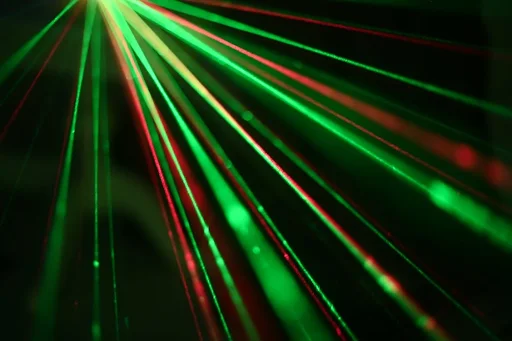In recent years, the use of led wall technology has completely redefined the way live entertainment is experienced. From concerts and music festivals to theater productions and sporting events, LED walls are no longer a background element—they are now central to the storytelling, energy, and immersive nature of modern shows. Whether you’re a fan in the audience or part of a production team, the shift is impossible to ignore.
There’s so much more to discover—browse our related posts!
A New Visual Standard for Live Events
One of the most significant impacts of this technology is the massive upgrade in visual quality. High-resolution digital walls can display crystal-clear images, vibrant colors, and motion graphics with zero lag. This is a game-changer for events taking place in large venues or outdoor spaces, where traditional projection systems often fall short in brightness, clarity, and adaptability.
These modern visual panels shine (literally) in any lighting condition, making them perfect for both daytime and nighttime shows. Unlike standard screens, they don’t rely on ambient light control to deliver crisp visuals, which means event organizers have more freedom in terms of design and schedule.
Enhanced Audience Engagement
Entertainment is all about connection—and large-scale LED displays help bridge the gap between performers and audiences in powerful ways. These dynamic tools can show close-ups of the action, real-time reactions, or even user-generated content, creating a more interactive and personalized experience.
In concerts, they are often used to extend the stage design, offering surreal visual effects that sync with music. At sports games, they provide replays, stats, and fan cams, keeping energy levels high. Theater productions are also embracing this format to replace static sets with moving, changeable digital backdrops that respond to the storyline in real time.
This level of engagement transforms passive viewers into active participants, increasing emotional impact and making each event more memorable.
Flexibility in Creative Design
With modular LED structures, the only limit is imagination. The panels can be built into virtually any size or shape—from curved walls and ceilings to immersive 360° installations. This flexibility makes it easier for creative directors and event planners to design unique experiences that go beyond the traditional rectangular screen.
Many productions are now using digital floors, tunnels, and even wearable LED elements to create interactive environments that respond to movement, music, or audience input. This blend of art and technology opens the door to storytelling possibilities that were once unthinkable.
Improved Logistics and Efficiency
From a technical standpoint, this type of display is also transforming how events are set up and managed. Compared to older technologies like projection systems, they are more compact, durable, and easier to install. Their modular design means they can be transported in parts and assembled on-site, saving both time and labor costs.
Most modern systems are also designed to be plug-and-play, with integrated software that simplifies content control and synchronization. This makes it easier for tech crews to adapt during live shows, minimizing the risk of glitches or interruptions.
Furthermore, these panels are built to last. With high durability and energy efficiency, they reduce long-term maintenance costs and environmental impact—a win for both budgets and sustainability goals.
Creating Instagram-Worthy Moments
In the age of social media, visual appeal is everything. LED video walls offer a stunning backdrop for photos and videos, encouraging audiences to capture and share their experiences online. This turns every attendee into a potential brand ambassador, spreading the event’s reach far beyond the venue.
Event organizers are now designing screen features specifically for photo ops—think animated selfie stations, dynamic sponsor displays, or real-time hashtag walls that pull in posts from attendees. This not only adds fun and engagement but also amplifies marketing efforts organically.
Expanding Accessibility and Inclusivity
Another important way these systems are improving live entertainment is through increased accessibility. Real-time captions, visual cues, and sign language interpreters can be projected onto large displays to help include people with hearing impairments or language barriers.
Some venues are also using these tools to enhance seating experiences for those far from the stage. With synchronized camera feeds and zoom capabilities, every attendee can enjoy close-up views of the action, regardless of where they’re sitting.
The Future: Augmented and Virtual Integration
As technology continues to evolve, these advanced walls are expected to integrate more deeply with augmented reality (AR) and virtual reality (VR) features. Some concerts have already begun experimenting with holographic visuals or interactive projections that respond to motion or sound.
The combination of immersive displays with motion tracking, AI, and interactive audio can create environments that feel alive—blurring the line between real and virtual performance. This futuristic potential is already making waves in theme parks, music tours, and even corporate events.
Whether it’s enhancing storytelling, expanding creative freedom, or improving logistics, there’s no question that led wall technology is at the core of this transformation.
Discover fresh content every day—visit 2A Magazine.







